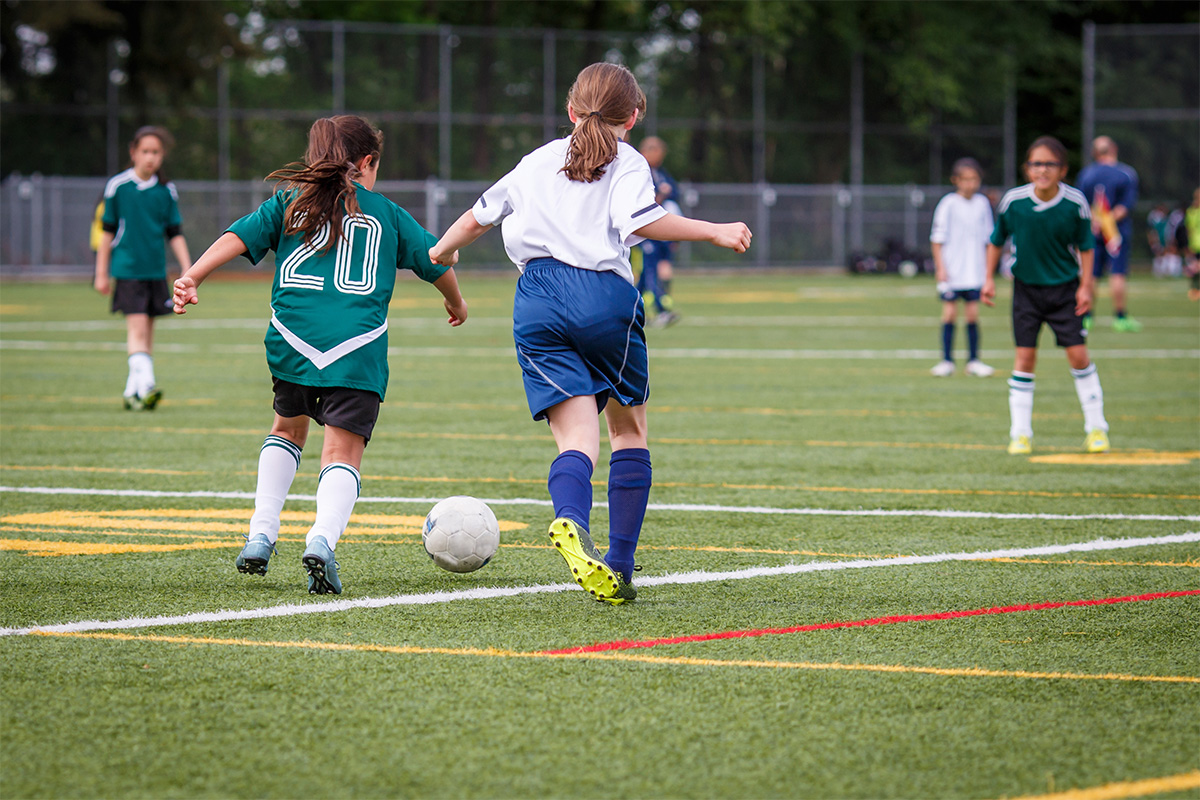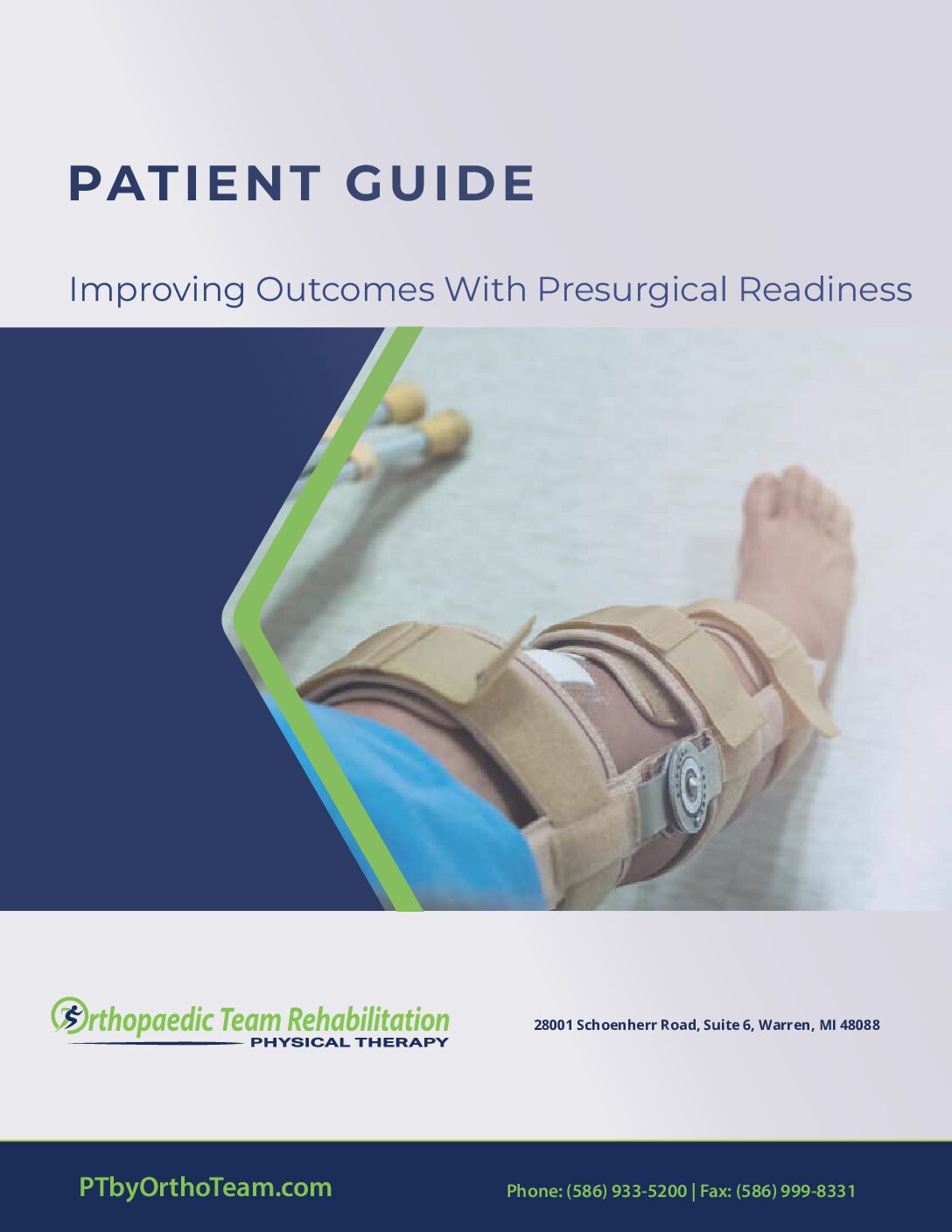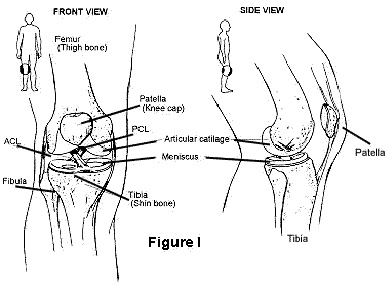Physical Therapy for ACL injuries: The 3 Most Common Problems Young Athletes Have and 5 Ways Physical Therapy Helps
Summary
This article emphasizes the role of physical therapy in addressing ACL injuries, particularly among young athletes. It outlines common challenges during recovery, such as the risk of re-injury, mental barriers like fear of re-injury, and muscle weakness or imbalance. The article also highlights five key prevention strategies, including strength training, neuromuscular exercises, proper technique, dynamic warm-ups, and core stability training. These approaches aim to rebuild strength, improve balance, and reduce the likelihood of future ACL injuries, all while ensuring safe recovery through professional guidance.
What is an ACL Tear?
The ACL (anterior cruciate ligament) is a key ligament in the knee, connecting the femur (thighbone) to the tibia (shinbone).
In an ACL tear:
ACL Injury Statistics
ACL injuries are influenced by both age and sex. Here are three key statistics:
- Age: ACL injuries are most common among individuals aged 15 to 30 years, particularly those actively involved in sports. The incidence increases during adolescence and peaks in early adulthood.
- Sex: Female athletes are at a higher risk of ACL injuries compared to males, especially during high school and college years. This is due to factors like anatomical differences, hormonal influences, and biomechanics.
- Children and Adolescents: ACL injuries are rare before the age of 10 but increase significantly between 11 to 17 years, with girls experiencing a higher rate of injuries during this period.
3 Most Common Problems for ACL Recovery, and How Physical Therapy Helps
Recovering from an ACL injury can be challenging, especially for young athletes. Here are three common problems young athletes often face:
- Re-injury Risk: Young athletes may feel eager to return to sports too soon, which increases the risk of re-injuring the ACL or other parts of the knee. That’s why your physical therapist is an important part of guiding you through your rehabilitation and helping you adhere to recovery timelines.
- Mental Barriers: Physical therapists are trained extensively to help you manage the mental barriers associated with ACL injuries. Your physical therapist will provide strategies for helping you deal with the fear of re-injury or lack of confidence in your knee’s stability.
- Muscle Weakness and Imbalance: After an ACL injury, the muscles around the knee, particularly the quadriceps and hamstrings, may weaken. This can lead to imbalances that affect your movement and increase the risk of further injuries. Targeted physical therapy for ACL injuries is essential for rebuilding your strength and balance.
5 Ways Physical Therapy Can Help Prevent ACL Injuries
Preventing ACL injuries involves a combination of strengthening, training, and awareness. Here are some effective strategies:
- Strength Training: Focus on building balanced strength in the quadriceps, hamstrings, and glutes. Exercises like squats, lunges, and hamstring curls can help stabilize the knee.
- Neuromuscular Training: Programs that improve coordination, balance, and body mechanics are highly effective. These include agility drills, plyometric exercises, and proprioception training.
- Proper Technique: Learning and practicing correct techniques for jumping, landing, and pivoting can reduce stress on the ACL. For example, landing softly with knees bent and aligned can minimize injury risk.
- Dynamic Warm-Ups: Incorporate warm-ups that include dynamic stretches and movements to prepare the muscles and joints for activity.
- Core Stability: A strong core provides better control over body movements, reducing the likelihood of awkward landings or sudden shifts that can strain the ACL.
- Rest and Recovery: Overtraining can lead to fatigue, which increases the risk of injury. Adequate rest and recovery are essential.








Leave A Comment